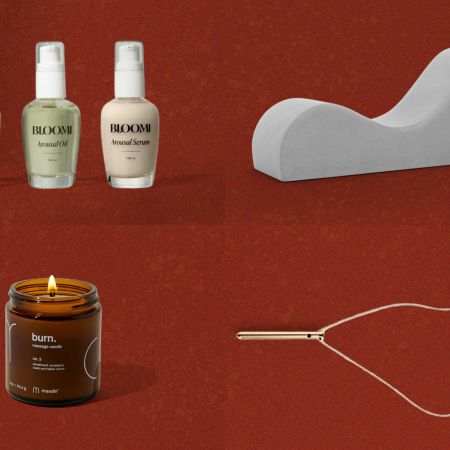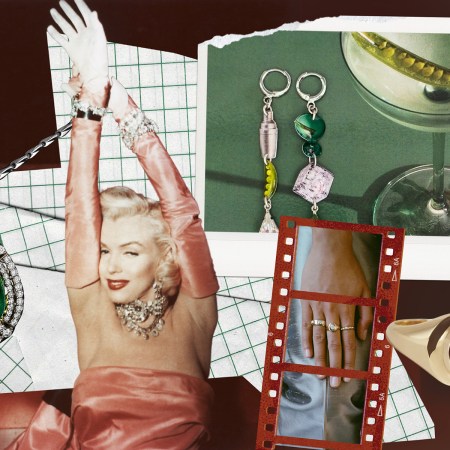This weekend brings with it Valentine’s Day, a holiday that is delightful for some and a source of perennial frustration to others. Some have argued that its history spans back in time to the days of Ancient Rome, and a fertility-themed festival called Lupercalia. Over the centuries, the methods of celebrating Valentine’s Day have changed, as have the traditional gifts one might give to one’s significant other.
All of which brings us to the subject of meat tonic.
Atlas Obscura recently offered an in-depth look into another permutation of all things Valentine’s, which is to say a popular 19th-century medicinal product that could best be described as a meat tonic. Its name was Valentine’s Meat Juice, and the entrepreneur behind it was one Mann S. Valentine II.
The origin of the tonic has a suitably romantic touch to it — Valentine first came up with it to help heal his ailing wife Anne Maria in 1870. When it succeeded, he opted to turn it into something that could be sold, and gradually raised its profile until a host of doctors were making use of it.
Admittedly, many products popular with the medical establishment in the late 19th century have since proven to be of dubious quality. But the fact that Valentine’s Meat Juice was made using beef and eggs suggests, at least, that its protein content was high — and the more contemporary popularity of beef broth in various drinks feels like a strange sequel to it.
Was there ever a point when someone gave their sweetheart a bottle of Valentine’s for Valentine’s? It seems eminently possible.
Thanks for reading InsideHook. Sign up for our daily newsletter and be in the know.


















